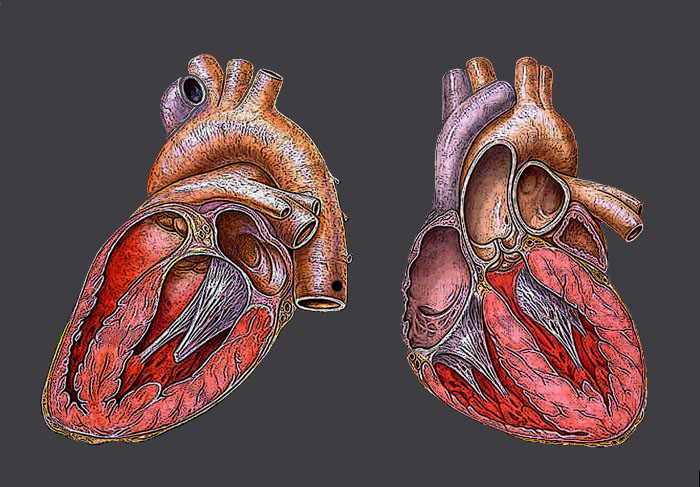Photo source: WikiMedia Commons
New research suggest more links between adversity and negative health outcomes.
Previous research has established a link between lower socioeconomic status and an increased risk of cardiovascular disease. In a new study led by Brigham and Women's Hospital (BWH), researchers have found that there are also higher rates of peripheral artery disease (PAD) in individuals with low income and lower attained education levels in the United States.
These findings are published online ahead of print inCirculation: Cardiovascular Quality and Outcomes.
"Our finding highlights the need to focus on education and advocacy efforts for these at-risk populations," said Reena Pande, MD, MSc, co-author of the publication and an associate physician in the Cardiovascular Division at BWH.
PAD, a circulatory problem in which narrowed arteries reduce blood flow to limbs, most commonly to the legs, causes leg pain and is often an indicator of more wide-spread artherosclerosis. Individuals with PAD are also at increased risk of having heart disease and blockages in the blood flow the brain. PAD can be treated with lifestyle modifications such as exercising, eating a healthy diet and quitting tobacco, and some individuals may require a procedure to restore blood flow to the limbs.
http://www.sciencedaily.com/releases/2014/07/140702102441.htm



Comments (0)